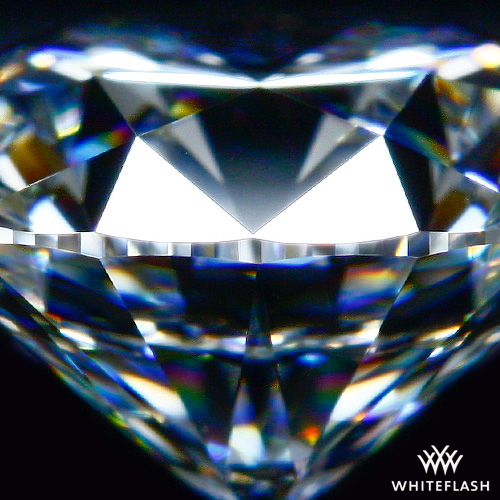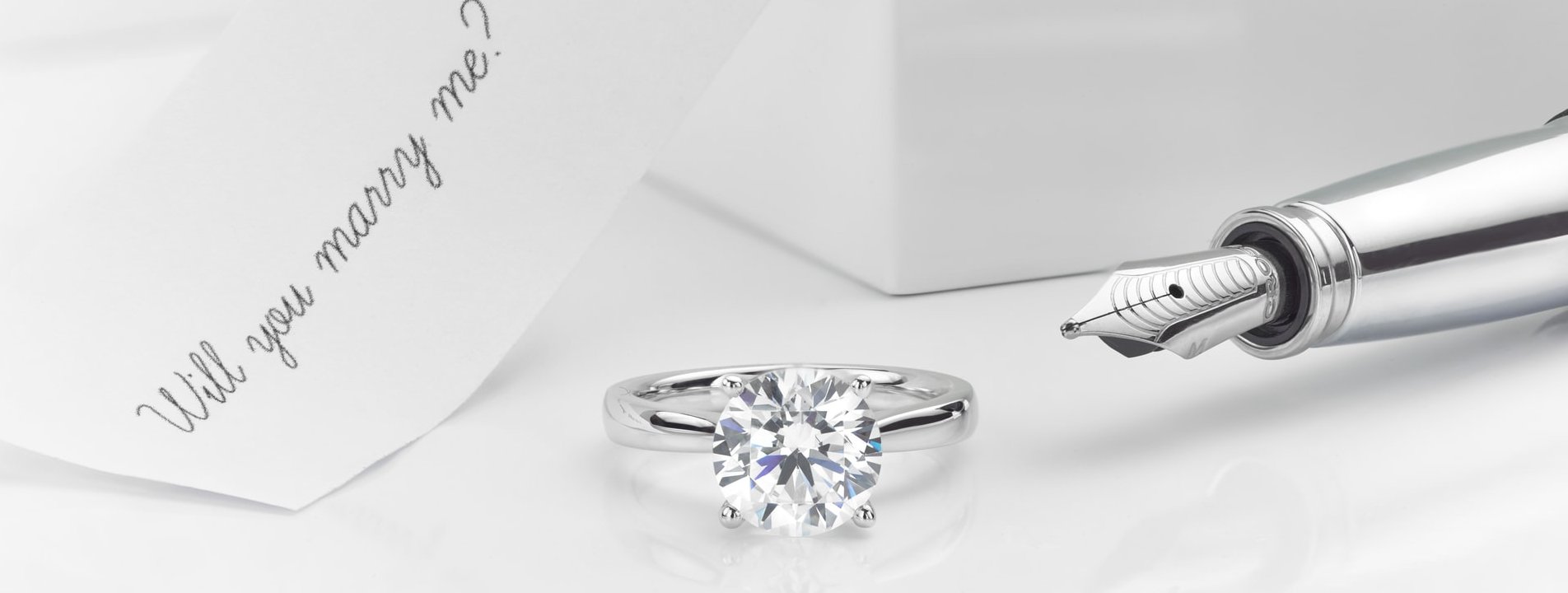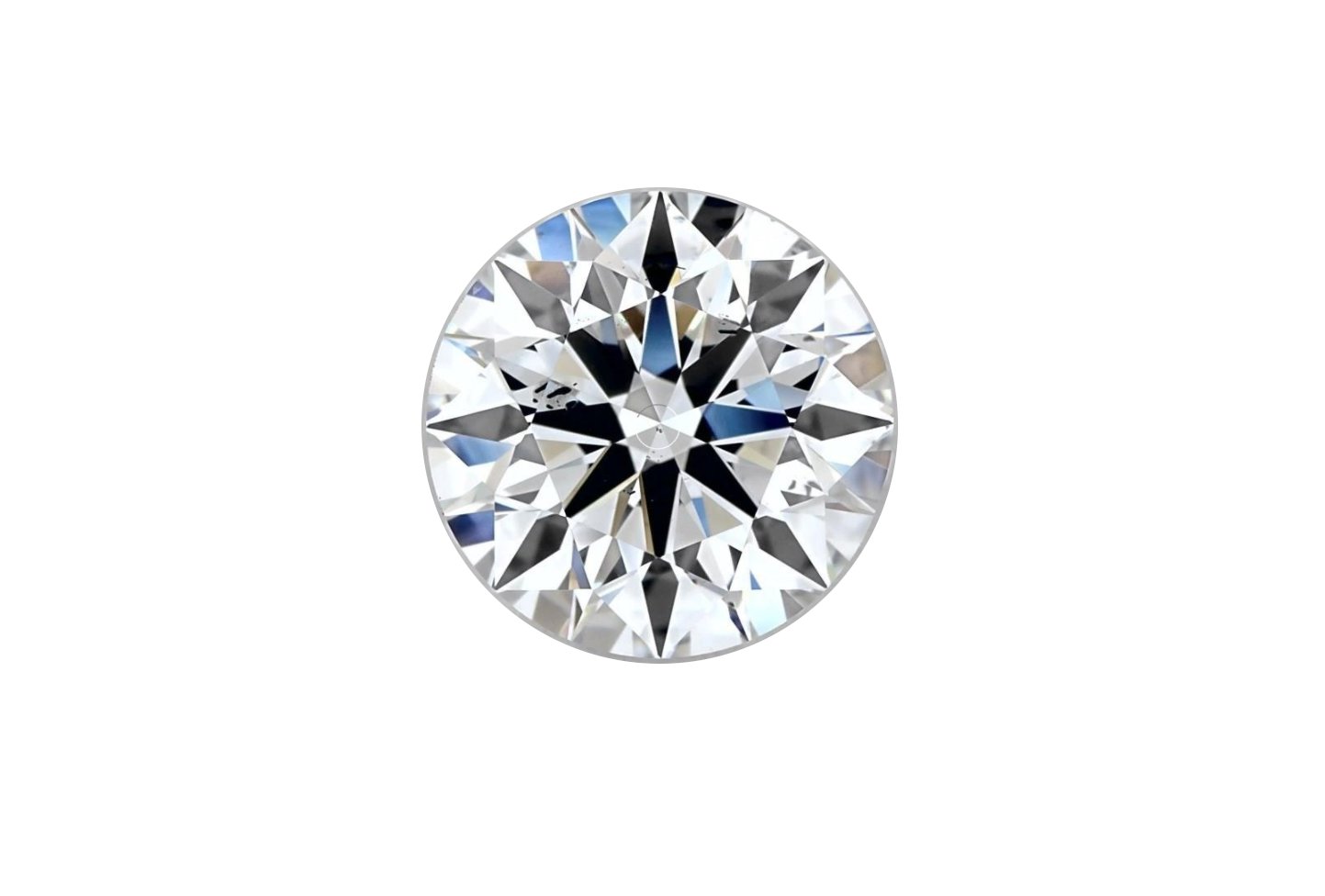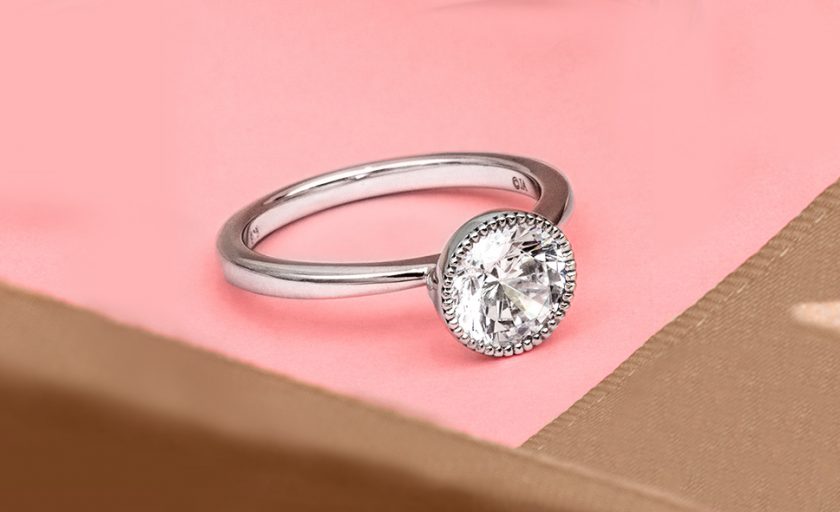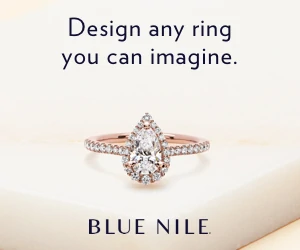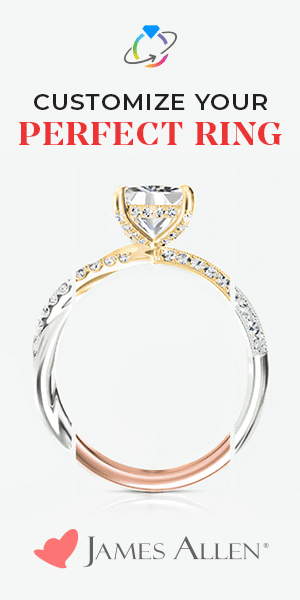The diamond girdle is a part of a diamond which can easily be taken for granted.
It’s not usually the first thing someone notices when they look at a diamond.
But it has practical purpose.
There are also important aesthetic reasons the girdle should not be glossed over.
Believe it or not the girdle can make or break a diamond’s cut grade. When a lab is deciding on the cut grade of a diamond there are certain types of girdles which can prevent a diamond from receiving an excellent cut grade.
What Exactly is the Girdle?
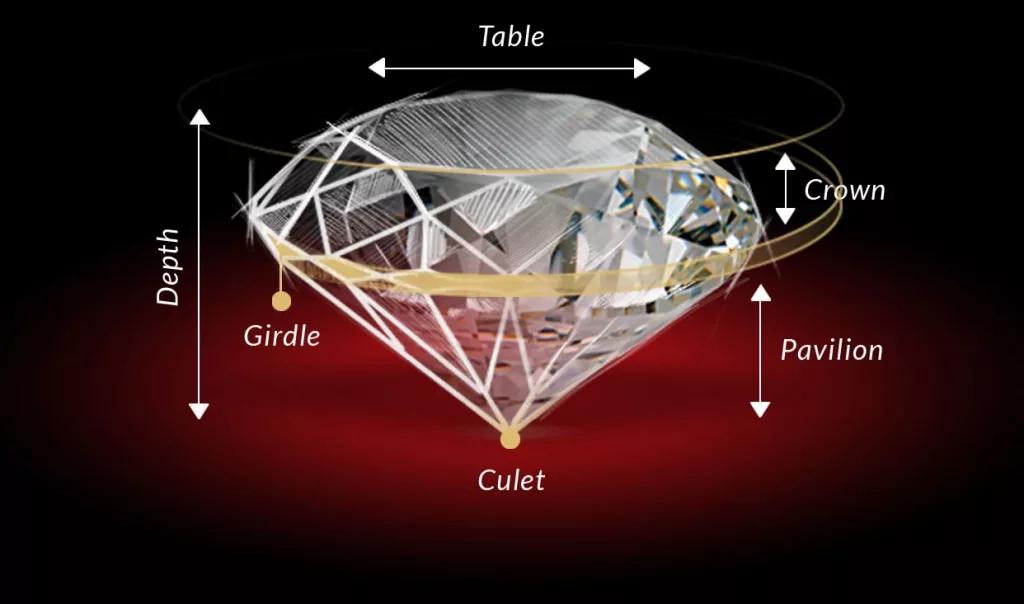
First of all, it’s not a griddle. It is a girdle, named as such because it circles the diamond as would a sash.
The American Heritage Dictionary defines a girdle as:
gir•dle gûr′dl
- n. A belt or sash worn around the waist.
- n. Something that encircles like a belt.
Whiteflash defines the girdle as: the small vertical plane on the perimeter of the diamond that helps define its shape and acts as a border between crown and pavilion.
Different Types of Girdles
A diamond may have a girdle that is made up of facets, or it may be unpolished.
Unfinished
Years ago most diamond girdles were unpolished and left in their original condition
After the ‘bruting’ stage (where two diamonds are rotated against one another giving them a round outline) the girdle plane was established and left at that.
A ‘bruted’ girdle, also called “unfinished” will have a frosted appearance.
They are not the best option as they have a tendency to absorb dirt and oils.
That makes the stone darken somewhat over time and will eventually require professional cleaning.
If too much pressure is applied during the bruting process the girdle can end up with a lot of very tiny “feathers”.
They kind of look like microscopic hairs.

This is known as a ‘bearded” girdle.
In general it’s not something to worry about.
Just stick to diamonds which have received an excellent cut grade and this will never be a concern.
Faceted
faceted girdles are the standard way of finishing a girdle these days, particularly on brilliant style facet designs.
So rounds, ovals, pear cuts, heart shape, marquise cuts and cushion cuts all have faceted girdles.
Flat Polished Girdles
Some cuts have long straight sides and as such almost always have flat polished girdles. These are the princess cut and emerald cut.
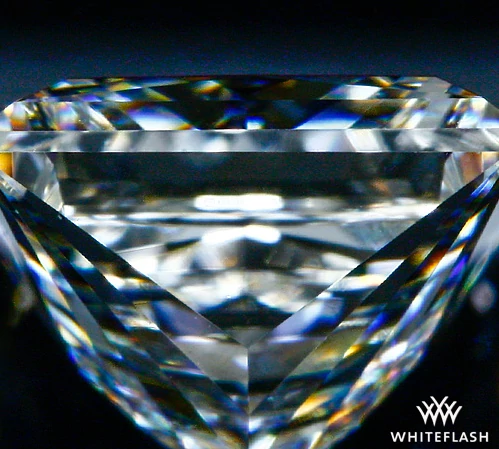
Girdle Properties
Symmetry
When a lab declares that a diamond has excellent symmetry one of the things they check for is how consistently the facets meet at the right places around the diamond.
The technical term for this is “meet point symmetry”.
This is not to be confused with another term which is ‘optical symmetry’. It involves the precision of the placement of corresponding facets in three dimensional space.
When the girdle is examined carefully in the grading process and found to have uniformity in the alignment of crown and pavilion facets the lab can then weigh this in when judging the diamond’s cut grade.
Durability
The girdle is where the diamond usually is held in place in a setting. This is one of the factors taken into account which affects the grade as well. Very thin girdles are obviously not the best as they can make the stone more vulnerable to abrasion and chipping.
Laser Inscription
The girdle has been used for a while now for the inscription of the lab number.
It is an ideal location on the diamond making it easy to identify the diamond and it does not affect its appearance.
Since the technology became available inscriptions have proven very popular. Merchants and consumers alike appreciate being able to identify a diamond by the laser inscription found on its girdle.
Merchants can quickly identify a diamond avoiding accidental mix-ups.
Consumers have an easy way of matching their diamond to its corresponding grading report when buying it and can identify their stone when collecting their diamond jewelry after repairs.
Note that inscriptions may be not always be placed on the girdle.
Girdle Thickness
Girdle thickness (along with all other aspects) is measured by a technician in diamond grading labs with highly accurate non-contact scanners such as Sarine.
Girdle thickness is noted as a percentage which is based on the average of the stone’s diameter.
An diamond with a girdle that has basically no thickness may be noted down as a percentage of 0.0%.
An extremely thick girdle can be as high as 10.0%.
Lab Description of Diamond Girdle
These are the words used to describe the thickness of a girdle: Extremely Thin, Very Thin, Thin, Medium, Slightly Thick, Thick, Very thick, and Extremely Thick.
Lab reports will usually provide a range of thickness around the stone, e.g. Medium to Slightly Thick.
If it is extremely consistent all the way around then it will have just one designation. For example: Medium.
Girdle Hills and Valleys
As noted above, the girdle is the junction of the crown facets and the pavilion facets.
This gives rise to a slightly scalloped effect caused by different sets of facets meeting at different points.
Therefore the thickness of the girdle goes up and down somewhat in a series of hills and valleys.
The GIA and AGS report girdle thickness somewhat differently.
- AGS measures the thickest and thinnest areas anywhere around the girdle.
- GIA reports the thinnest and thickest measurements at the valleys, so the report tends to show less variation and a smaller measure.
Ideal Girdle Thickness
A girdle should be neither too thin nor too thick. The “Goldilocks” area lies between 3% and 4.5%.
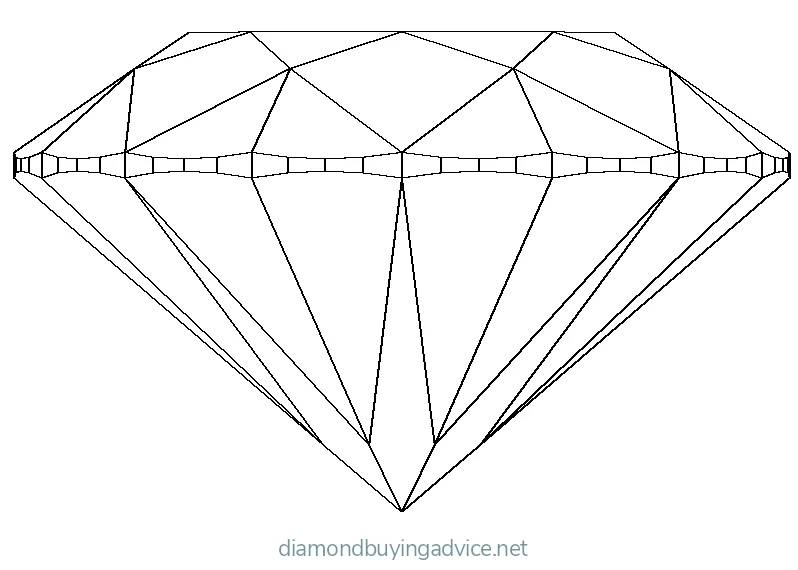
🗸 a 3.3% girdle is near the lower end of the ideal thickness
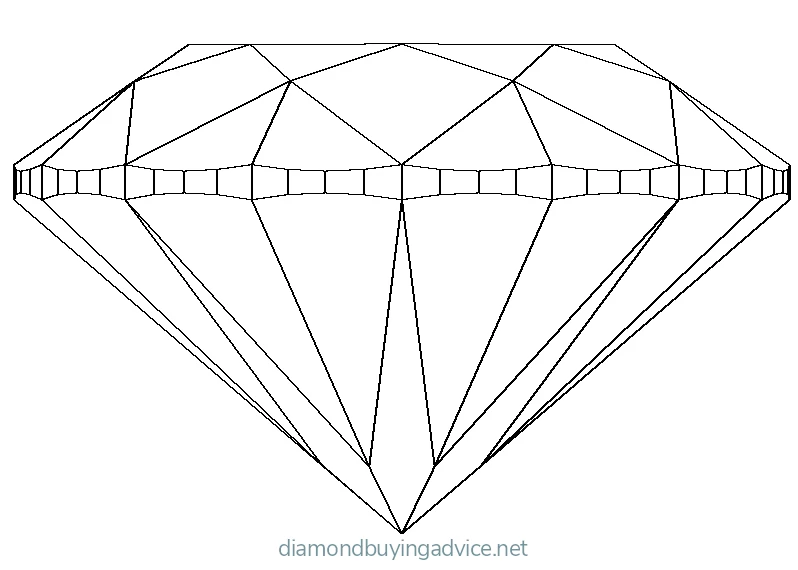
🗸 a 4.5% girdle is at the upper end of the ideal thickness
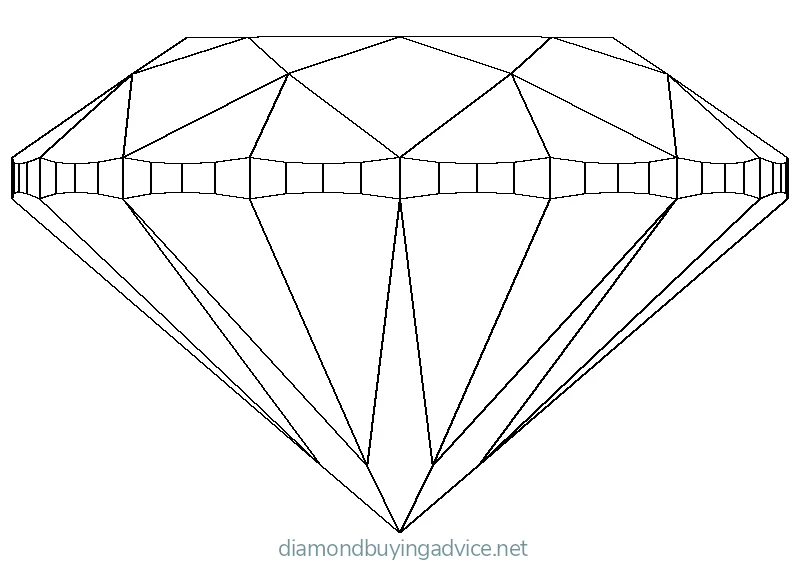
🗶 a 5.3% girdle is outside the ideal range
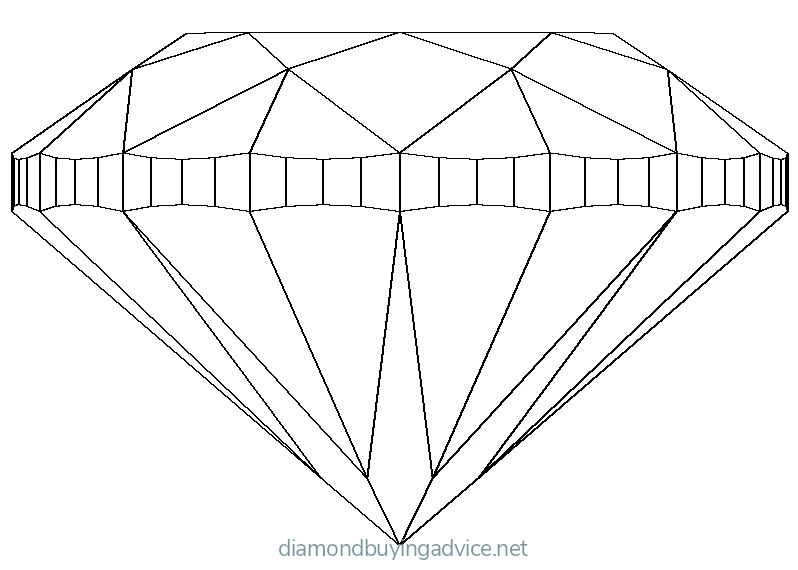
🗶 a 7.5% girdle is twice the thickness of an ideal girdle
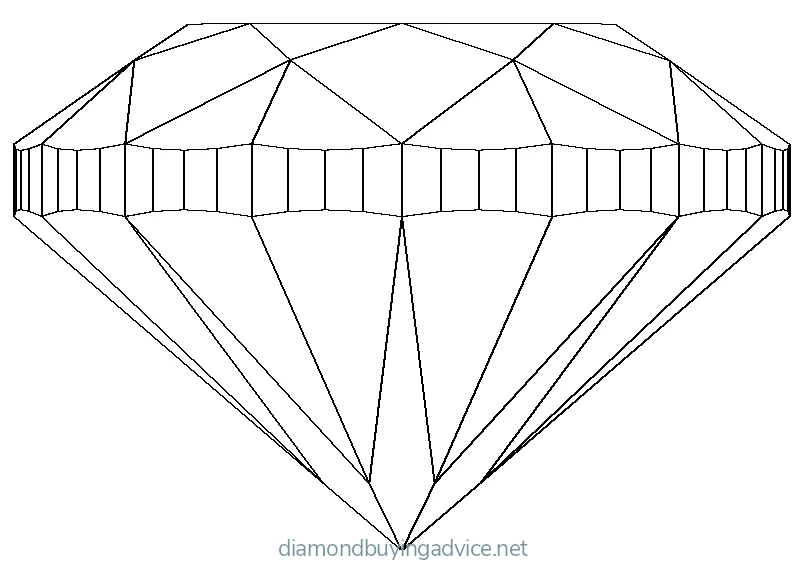
🗶 a 9.3% girdle is roughly three times the thickness of an ideal girdle
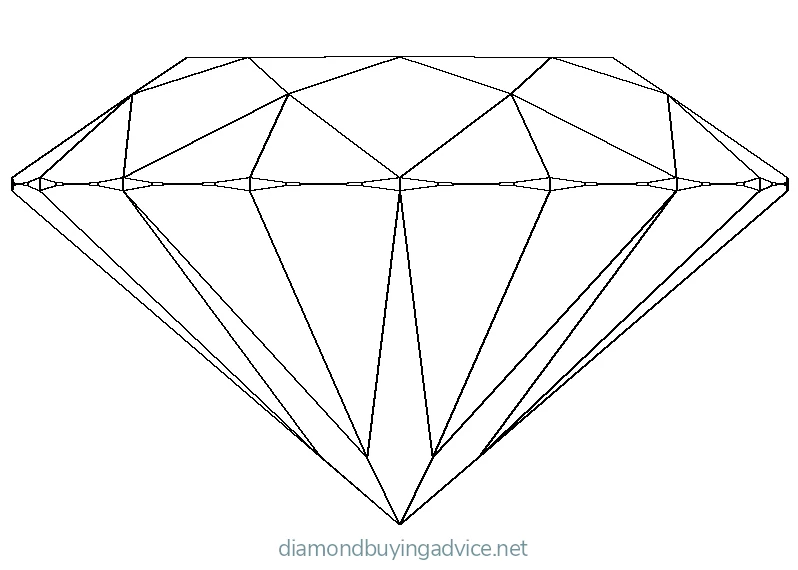
🗶 a 0% girdle is not ideal
The girdle is an easy feature to overlook in a polished diamond.
Cut quality and durability are both affected by the girdle.
Both GIA and AGS cut grading systems analyze the girdle.
Any significant issues with the girdle will result in a grading deduction.
Careful examination of the girdle reveals things such as symmetry faults, repairs resulting in extra facets, and even potential swindling techniques such as painting and digging.
Hopefully this article will help you spot an ideal girdle thickness, and you will thereby be able to find a diamond which will not only be beautiful but durable as well.
Send in your question
If you are looking to buy any type of diamond jewelry online you are welcome to send in any questions you may have.
As an affiliate of the some of the world’s finest jewelers I am motivated to find the right purchase that is perfect just for you. Every person has specific needs and every jeweler has specific areas in which they excel.

Thomas J Stevens GIA DG CSG

